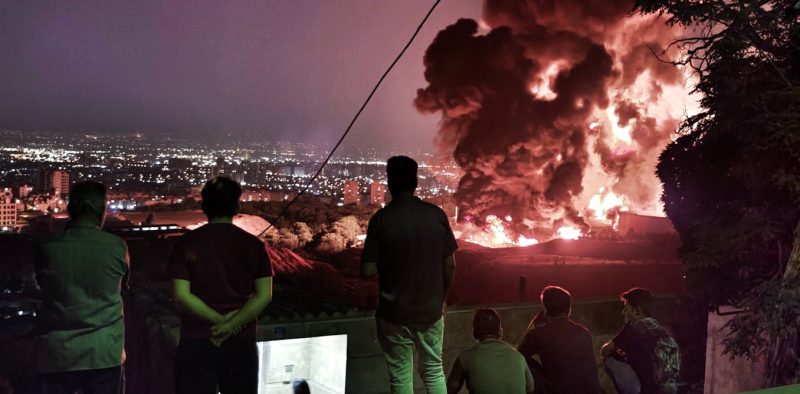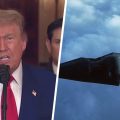
The recent US bombing of Iranian nuclear sites has pushed US-Iran relations to a perilous low. However, this volatile relationship isn’t a recent development; its roots stretch back decades, marked by a complex interplay of political maneuvering, ideological clashes, and missed opportunities for reconciliation. The story begins long before the current tensions, with the US’s involvement in the 1953 coup that overthrew Iran’s democratically elected Prime Minister, Mohammad Mossadegh. This action, orchestrated in part by the CIA, installed the Shah, whose repressive rule fueled decades of resentment and ultimately contributed to the 1979 Iranian Revolution.
The revolution saw the storming of the US embassy in Tehran and the ensuing hostage crisis, severing diplomatic ties and deepening the chasm between the two nations. The US’s subsequent designation of Iran as a state sponsor of terrorism further solidified this adversarial relationship. The Iran-Iraq war of the 1980s saw the US tacitly supporting Saddam Hussein, even amidst his use of chemical weapons against Iran. This period also witnessed the clandestine US arms sales to Iran, a controversial episode that fueled the Iran-Contra scandal.
The downing of Iran Air Flight 655 by the USS Vincennes in 1988 further exacerbated tensions, highlighting the volatile nature of the relationship. Despite brief periods of potential rapprochement, such as during President Khatami’s tenure in Iran and President Clinton’s administration, these opportunities were often hampered by hardline elements on both sides. President George W. Bush’s labeling of Iran as part of the “Axis of Evil” further entrenched the antagonism.
Iran’s nuclear program emerged as a major point of contention in the early 2000s, leading to international sanctions and covert cyberattacks aimed at disrupting its progress. While attempts at dialogue, including a 2003 Iranian overture to the Bush administration, failed to yield significant results, the 2015 Iran nuclear deal (JCPOA) offered a glimmer of hope for de-escalation. However, President Trump’s withdrawal from the JCPOA in 2018 marked a significant setback, returning the relationship to a state of heightened tension.
The assassination of Iranian General Qassem Soleimani in 2020 by a US drone strike sent shockwaves through the region, leading to retaliatory missile attacks by Iran. The 2023 Hamas attacks on Israel and the subsequent Israeli response further complicated regional dynamics and weakened Iran’s proxies. Now, with the 2025 US bombing of Iranian nuclear facilities under the Trump administration, the stage is set for an even more unpredictable and potentially catastrophic escalation, underscoring the long and fraught history that continues to shape the relationship between these two powerful nations.










